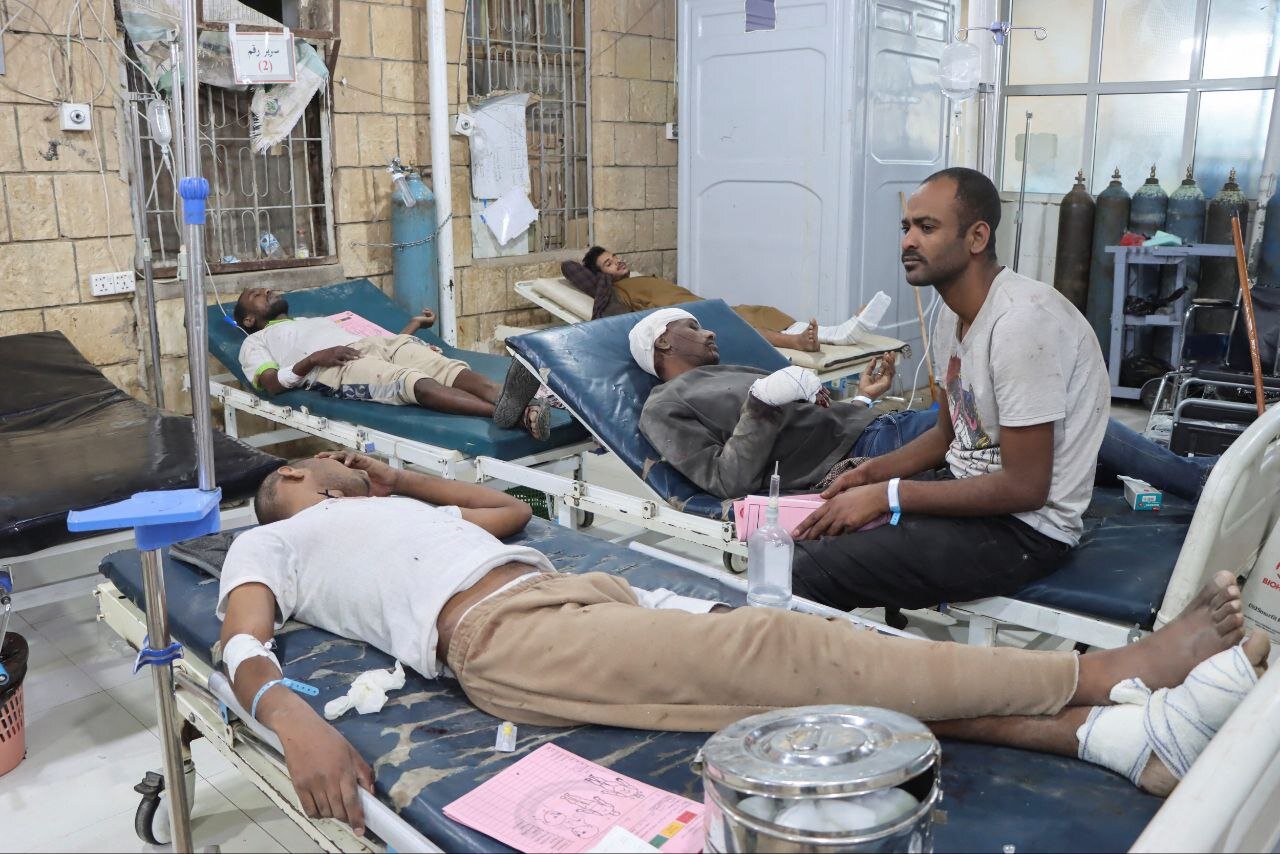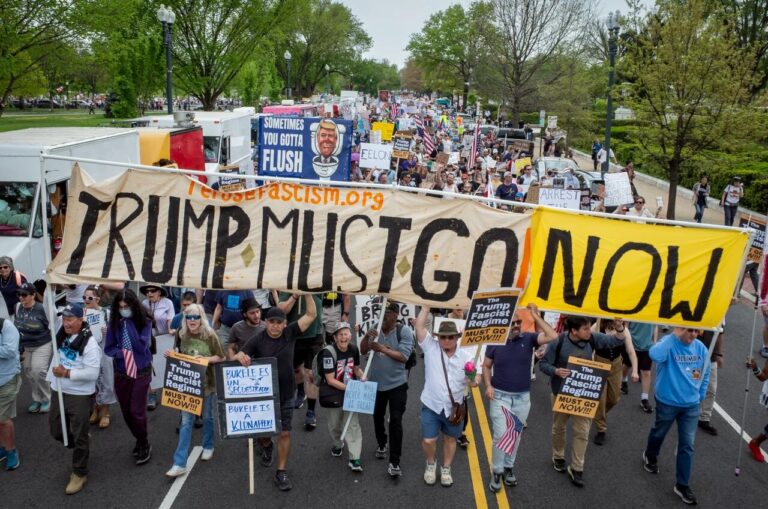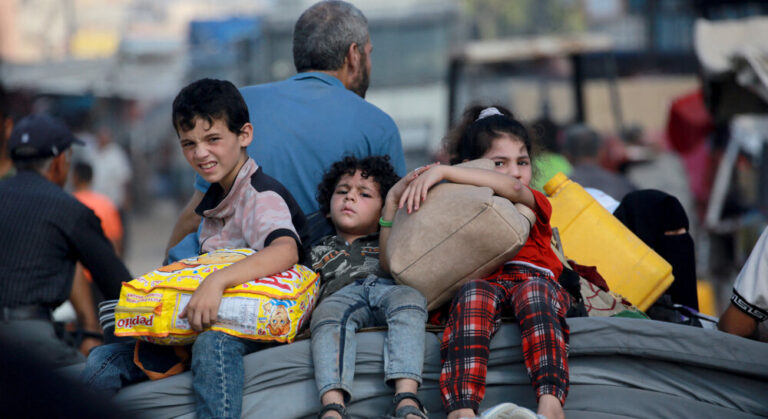Devastating U.S. Airstrike Claims Lives of Dozens in Yemen: A Deepening Crisis
In a tragic incident, a recent U.S. airstrike in Yemen has resulted in the deaths and injuries of numerous African migrants, drawing attention to the ongoing humanitarian crisis and escalating violence in the region. This event marks another distressing chapter in the series of civilian casualties attributed to American military actions.
According to reports from Yemeni civil defense officials, the airstrike targeted a detention center located in Saada province, leading to the death of at least 68 African migrants and injuring 47 others. The situation remains critical, with the death toll expected to rise as more information emerges.
This airstrike represents one of the deadliest attacks in a recent wave of intensified U.S. military operations in Yemen over the past six weeks. Local hospitals are reportedly overwhelmed with casualties, highlighting the dire impact of the strike on the community.
The Yemeni Interior Ministry confirmed that the facility housed 115 migrants from various African countries and was under the supervision of reputable organizations such as the International Organization for Migration (IOM) and the Red Cross. This fact underscores the humanitarian nature of the center, aimed at providing refuge to those in need.
In response to the airstrike, the Yemeni Interior Ministry issued a strong condemnation, labeling the attack as a “full-fledged war crime” and a “blatant violation of international humanitarian law.” The statement placed full responsibility on the U.S. government for what they termed a “heinous crime against innocent civilians.”
Mohammed Abdulsalam, a spokesperson for Ansarallah, described the bombing of the Saada center as a “brutal crime,” emphasizing that it targeted more than 100 undocumented African migrants. This incident follows a series of U.S. airstrikes in Yemen, including four consecutive raids on a district in al-Jawf governorate that have raised alarm among human rights advocates.
Furthermore, the Yemeni Health Ministry reported additional civilian casualties, stating that 12 individuals, including two women and three children, were either killed or injured in a separate U.S. strike near the capital city of Sanaa just two days prior to the Saada attack. This pattern of civilian casualties has led local officials to decry what they refer to as “American criminality and recklessness” in their military engagements.
Rescue operations at the site of the Saada airstrike are ongoing, with emergency workers tirelessly working to recover victims from the rubble. The targeted shelter was reportedly being used as a holding center for African migrants seeking to travel through Yemen, many of whom are fleeing conflict, poverty, or persecution in their home countries.
- Background of the Incident: The airstrike occurred in Saada province, targeting a detention center housing migrants.
- Casualties: At least 68 migrants killed and 47 injured, with the death toll expected to rise.
- International Response: Strong condemnation from the Yemeni Interior Ministry, citing violations of humanitarian law.
- Humanitarian Context: The facility was under the supervision of the IOM and the Red Cross, emphasizing its humanitarian purpose.
Humanitarian organizations have long warned about the vulnerability of migrant populations in Yemen, particularly in areas affected by ongoing conflict. The civil society calls for urgent action to ensure the safety and rights of these individuals, who are often caught in the crossfire of geopolitical struggles.
The devastating consequences of such military actions highlight the urgent need for a reassessment of foreign military interventions, especially in conflict zones where civilians are disproportionately affected. As the situation continues to evolve, the international community must grapple with the implications of these airstrikes on innocent lives and the broader humanitarian crisis in Yemen.
As rescue efforts continue and the true extent of the tragedy unfolds, it is imperative that global leaders prioritize the protection of civilians and work towards a peaceful resolution to the ongoing conflicts plaguing the region.






